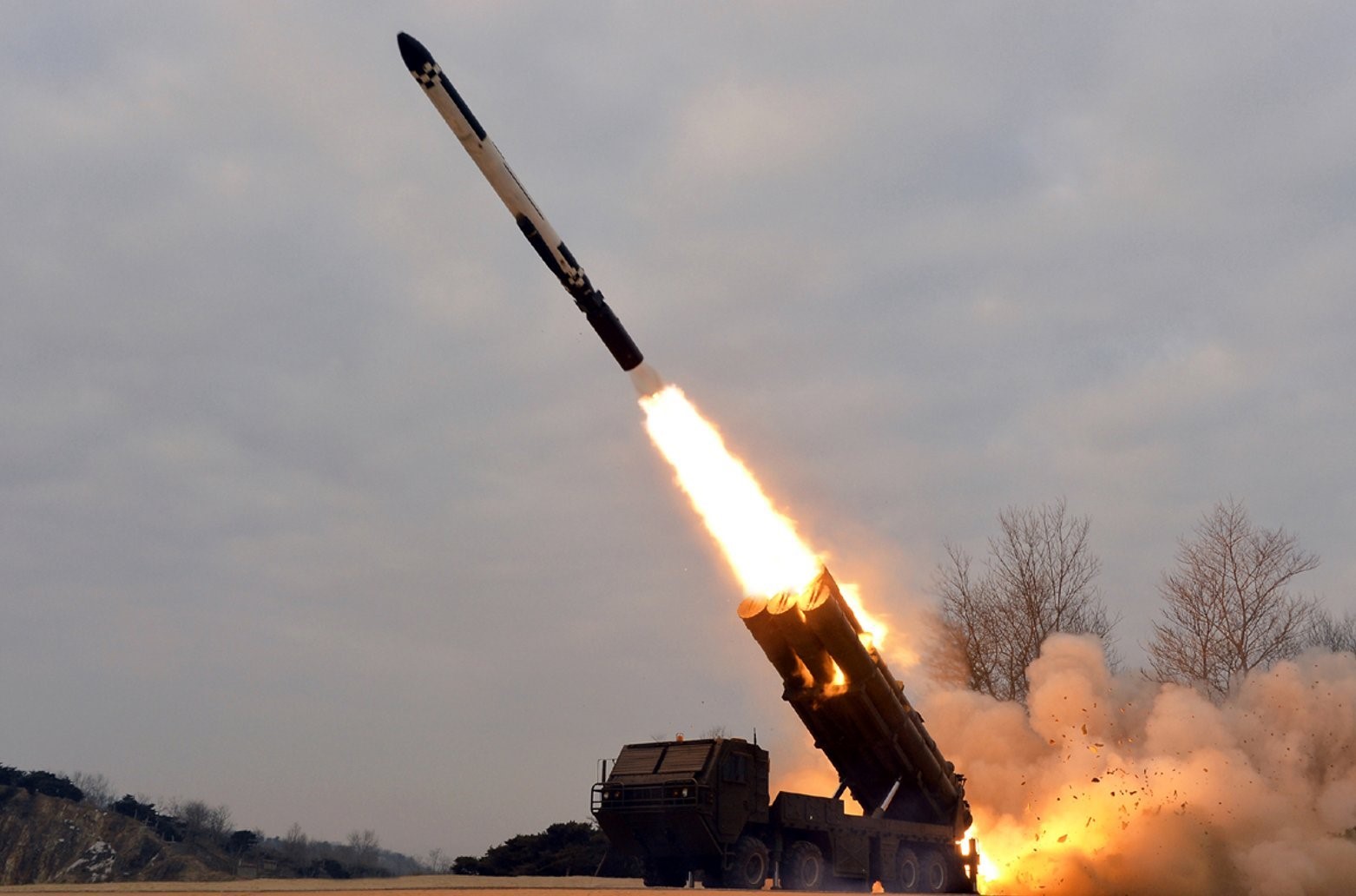
By Ling Yunzhi
The US and ROK jointly carried out the military exercise, known as Ulchi Freedom Shield, from August 22 to September 1. The resumption of large-scale bilateral military exercise after a five-year pause is a meaningful move made by the Yoon Suk-yeol administration on the military and defense front.
The Ulchi Freedom Shield exercise originates in the US-ROK Ulchi-Focus Lens annual exercise in 1975, which was later renamed Ulchi-Freedom Guardian. It is one of the three annual joint exercises alongside the Foal Eagle and Key Resolve, the last two having been canceled now. In June 2018, as a token of goodwill to DPRK, ROK and the US decided to suspend large-scale military exercises and instead carry out smaller-scale and computer-simulated ones.
Since Yoon Suk-yeol came in office, he has reinforced the country’s pro-America stance, actively pushed the deployment of the THAAD system, and tried to normalize the joint military exercise with the US with a view to coping with the changing situation in Northeast Asia and the risks and challenges brought by the Russia-Ukraine conflict to the region. Following this thought, the Yoon Suk-yeol administration took resuming and expanding the Ulchi Freedom Shield exercise as an important way to rebuild the US-ROK alliance and consolidate their common defense architecture.
The Ulchi Freedom Shield exercise has been the highest-level strategic military exercise between the US and ROK, involving as many as 75,000 people at its peak. The official resumption of it means the two countries’ military cooperation will go back to where it was before. ROK has not only resumed the theater-level exercise but also put forth the concept of “all-out war” for the purpose of comprehensively enhancing the country’s ability to cope with DPRK and an all-out war under the ROK-US joint defense regime.
On the strategic level, the US hopes to use this exercise to turn ROK into its pawn on the frontline against DPRK, or even a key chess piece in containing Russia. Considering the Russia-Ukraine conflict and the competition with China, Washington is increasingly taking the Korean peninsula issue as a card. In this sense, the exercise is also the two countries’ new reaction to the new development of warfare stemming from the Russia-Ukraine conflict, through which they hope to gain regional strategic interests and maintain America’s global hegemony.
The latest joint military exercise is an upgraded version from previous ones in terms of scale, intensity, and aggressiveness toward the DPRK. For instance, there are not only simulated assaults, reinforced troops on the frontline, and simulations to ensure the security of weapons of mass destruction, but also aggressive weapons such as F-35 fighter jets. Pyongyang, who is always on high alert to ROK-US military moves on the peninsular, naturally reacted strongly to the large-scale Ulchi Freedom Shield. Historical experience shows that DPRK always counters tough with tougher, and more, tougher measures can be expected from it.

However, such regular, institutionalized military exercises between the US and ROK are detrimental to the peace and stability of the Korean peninsula. Instead of giving ROK a stronger sense of security, it has increased the doubts and mistrust between the south and the north of Korea and thrown them into a new round of security anxiety, harming the security interests of both. Given the sustaining tension in the region, this military exercise has done nothing but pour fuel on flames and exacerbate the existing “security dilemma”, bringing more uncertainties to the situation of the peninsula or even the entire Northeast Asia.
Editor's note: The author is a researcher with the Centre for Asia-Pacific Development Studies, Nanjing University. This article is originally published on thepaper.cn, and is translated from Chinese into English and edited by the China Military Online. The information, ideas or opinions appearing in this article do not necessarily reflect the views of eng.chinamil.com.cn.













